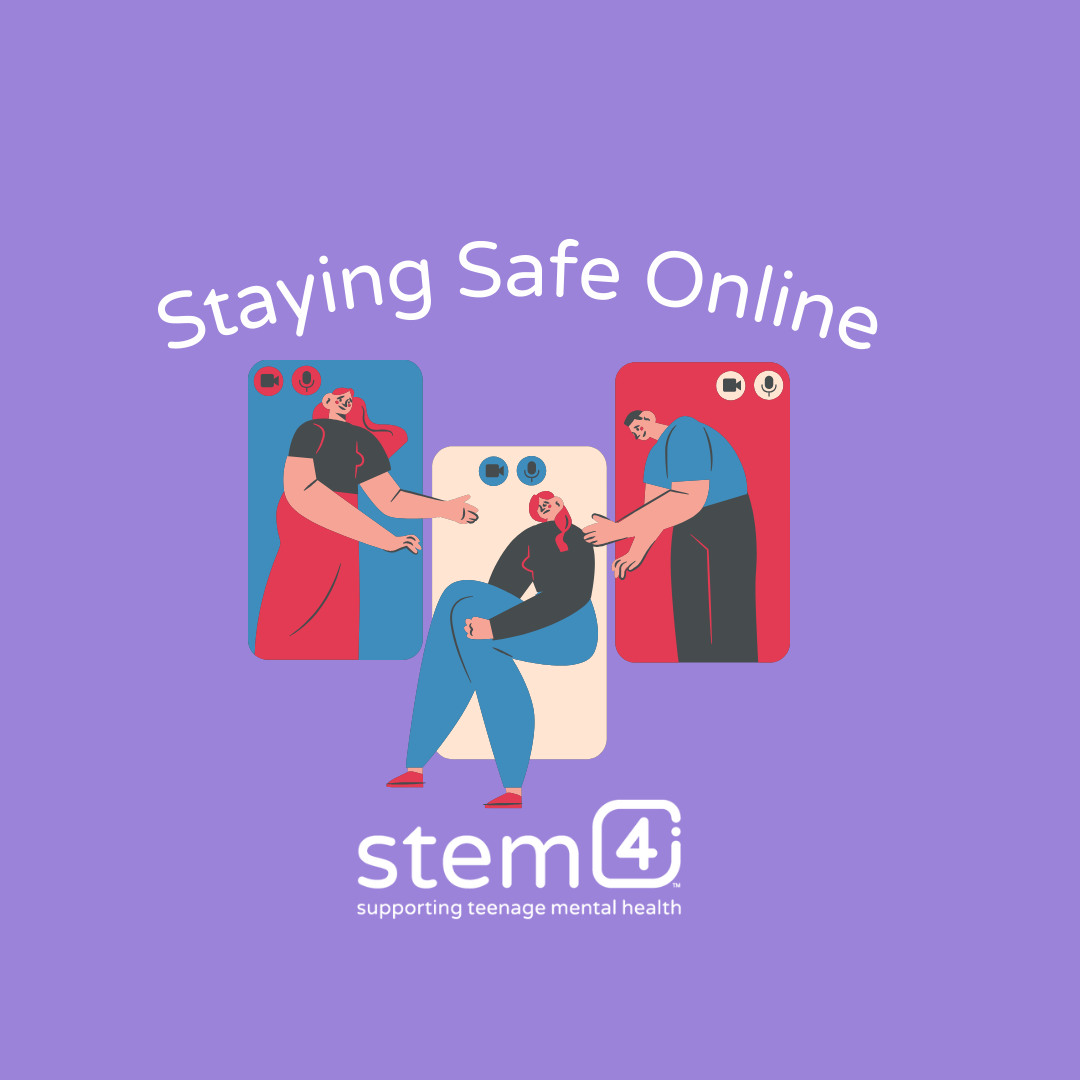Dr Nihara Krause MBE (Pronouns: she/her)

The 6th of February marks #SaferInternetDay, an awareness day dedicated to promote safer uses of online technology and mobile phones.
The Nominet Youth Wellbeing Index 2022 found that 94% of young people reported feeling safe online and their concerns regarding online safety were largely about concerns worries about data protection.
The index also pointed out that 83% of young people aged 11 or above reported that they had experienced something that they found upsetting including fake news, hate speech, sexual content and contact with strangers.
Young LGBTQ+ people are more likely to experience upsetting events online.
Nearly 3 in 5 (58%) young LGBTQ+ people have experienced hate speech online, compared to 37% of young people overall.
This equates to 870,000 young LGBTQ+ people.
What additional challenges do LGBTQ+ young people face online?
‘LGBTQ+ phobia’ might generate more cyberbullying. For advice on cyberbullying check out the blog ‘What to do if I am being cyberbullied?’.
Coming out is a big step since it will feel as though you are sharing your biggest secret so choose safe, face to face opportunities with a trusted person/trusted people rather than coming out on-line.
Protect yourself from unexpected, distressing information you might encounter online. Sometimes when a person browses or searches for information on-line with specific key words, algorithms search and generate more information with sensational information pushed to the top. This means that a person might suddenly encounter distressing news on anti LGBTQ+ issues, be shown distressing images or be provided with harmful content.
Report these to UK Safer Internet Centre, Childnet International
Whilst peer support can be very positive, don’t share personal information such as addresses and other details online. Check out organisations such as Stonewall on how to keep safe online.
If someone has ‘outed’ you online, that is exposed your identity to others without permission, remember that outing is a form of cyberbullying. In these instances, request the individual who shared the information removes it from the online space, keep a copy of the evidence by taking screenshots, contact the platform used to share the content, have a break from an resulting comments.
For signposts to further support visit.


